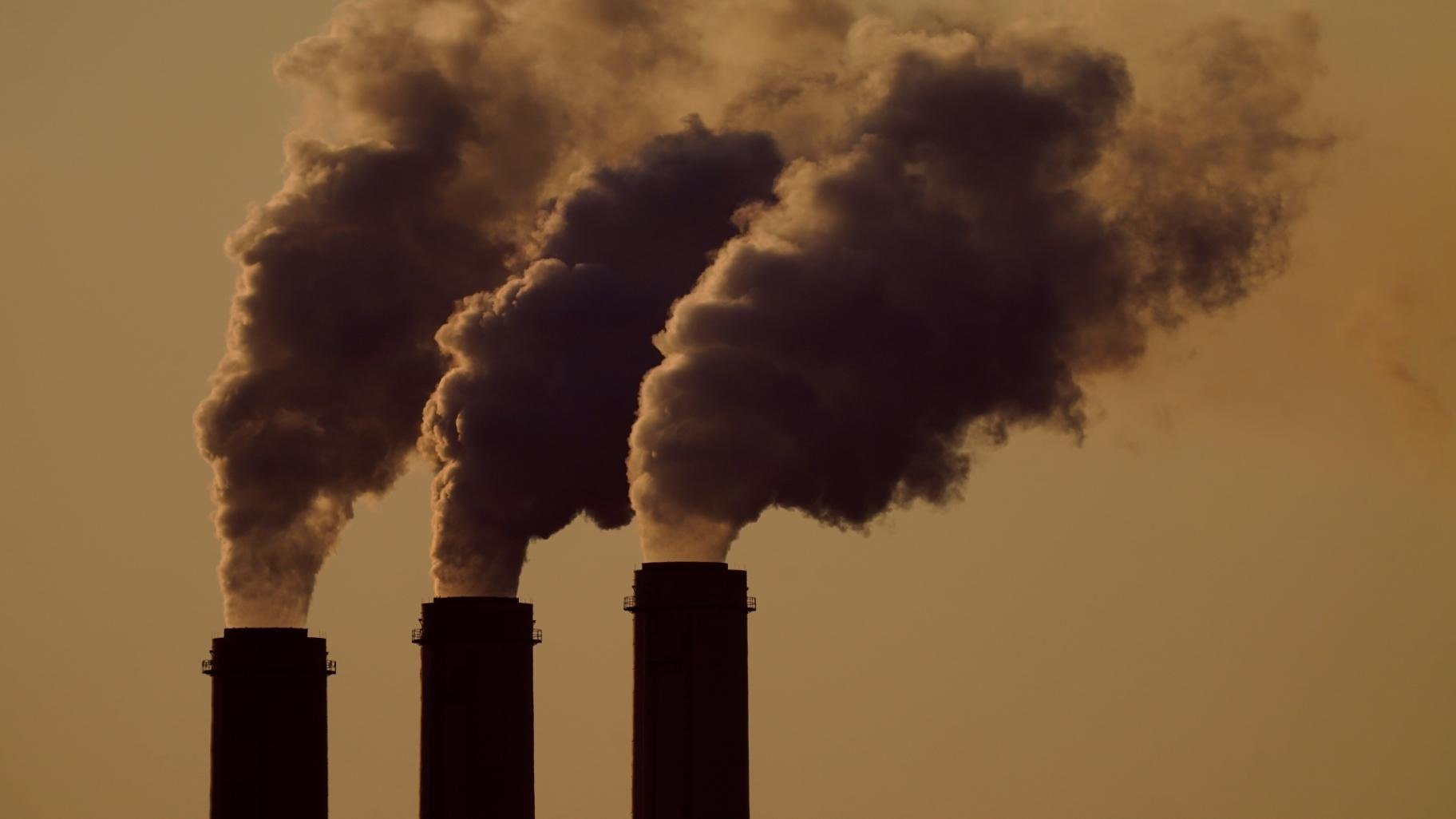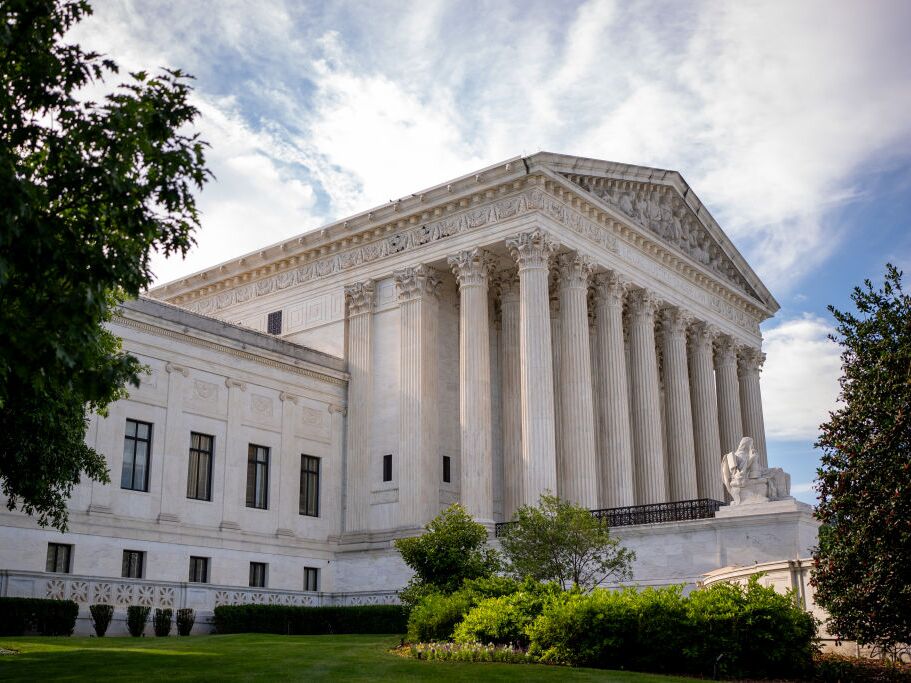The Supreme Court has temporarily halted the EPA’s “good neighbor” rule.
Legal Challenges and Economic Concerns Surround EPA’s “Good Neighbor” Rule
The Supreme Court has temporarily stopped the EPA’s “good neighbor” rule, which aims to reduce air pollution from industrial sources in several states. This rule is meant to protect states downwind from smog-causing emissions originating elsewhere. It faced challenges from states like Ohio, Indiana, and West Virginia as well as industry groups citing costs and regulatory concerns, according to the report of Independent.
The EPA rule requires states to submit plans limiting emissions from power plants and industrial facilities to protect neighboring states from ground-level ozone pollution. States such as Wisconsin, New York, and Connecticut struggle to meet federal air quality standards due to pollution drifting across state lines a significant contributor to their pollution levels.
Critics argue the rule imposes immediate costs and could affect the electric grid’s reliability particularly in states not fully participating. Despite a reported 18% reduction in power-plant emissions where implemented and its broader adoption faces ongoing legal challenges in various states.
READ ALSO: 500,000 Identity Theft Cases Unresolved: IRS Struggles Despite Increased Funding

(photo: WTTW News)
Supreme Court Decision and the Uncertain Future of EPA’s “Good Neighbor” Rule
Opponents view the EPA’s efforts as exceeding its authority under the Clean Air Act potentially accelerating the shift away from fossil fuels without considering economic impacts. They argue it could prematurely force coal-fired power plants to retire influencing energy policy towards federal preferences.
Supporters, including environmental advocates stress the rule’s importance in protecting public health by reducing harmful effects like asthma and bronchitis from ground-level ozone pollution. They highlight its role in safeguarding vulnerable populations such as children and the elderly.
The Supreme Court’s decision reflects broader conservative scrutiny over EPA mandates and environmental regulations. As legal challenges continue, the future of the “good neighbor” rule remains uncertain leaving states and stakeholders to balance environmental protection with economic considerations.
READ ALSO: Biden Administration Launches $85M PRO Housing Program: Impact On Affordable Housing

















































